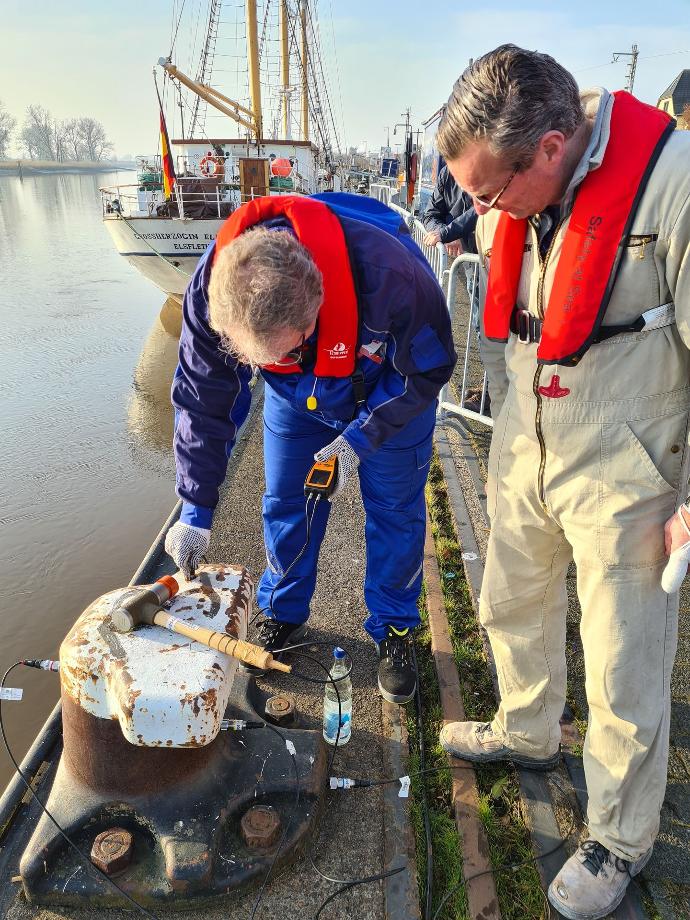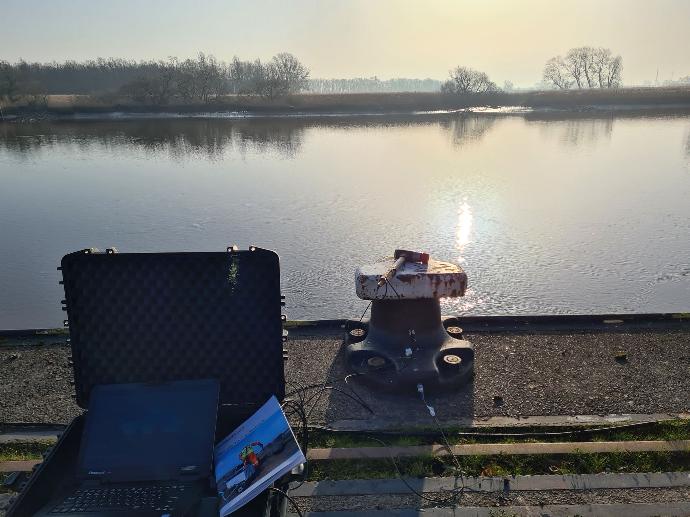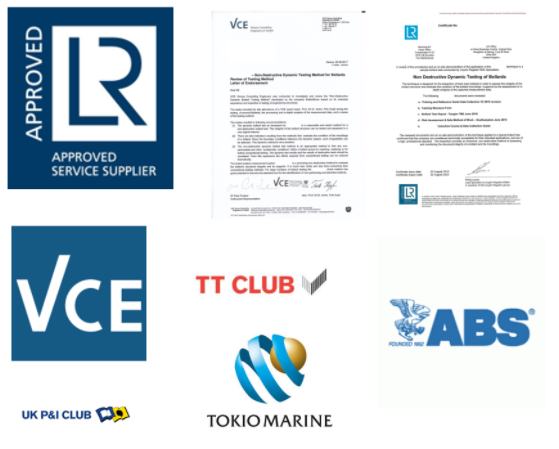BollardScan
Non- Destructive Testing for mooring equipment.
Matau- Marine acting as solution provider for Germany and the Baltic States.
How we work
Innovative verification of mooring systems:
-
Non-destructive full System Check
-
Fast easy deployment
-
Minimal Operational Impact
-
Proven Technology
-
Endorsed by VCE and main insurers
-
Certified by LR
“Soon is not as good as now.”

BollardScan
The BollardScan
TM
is a unique way to establish the integrity of the bollard and its foundation. And whether it still meets the design requirements of the structure. The methodology that was developed in-house is based on the transmission of vibration and sound through the structure allowing us to pinpoint any errors.

SMART * SIMPLE * SAFE
When scanning a bollard we place a number of sensors on the surface of the structure above the ground. A vibration is initiated by tapping on the bollard in various directions and with various forces. Experiments have proven that the bollard and around 1 m
3
is covered by the vibration. The returned vibrations will be recorded and analysed by a sophisticated computer program. This will result in a number of graphs. The results of the test and the visual inspection form the basis for clear and concise reporting including a risk analysis.

Rest assured you are insured!
BollardScan is providing a currently unique offer to it’s clients:
-
Bollards meeting our testing requirements and earning a certificate can be insured.
-
The policy will cover the cost of replacement of the unit for the validity of the issued certificate
-
The client must take steps to keep a mooring log, adhere to best maritime practice and meet our terms and conditions to qualify for coverage
-
With the risks of using older equipment the relative cost of our certification and the possibility of insurance and a credible test document for future audits you cannot afford not to think about us!